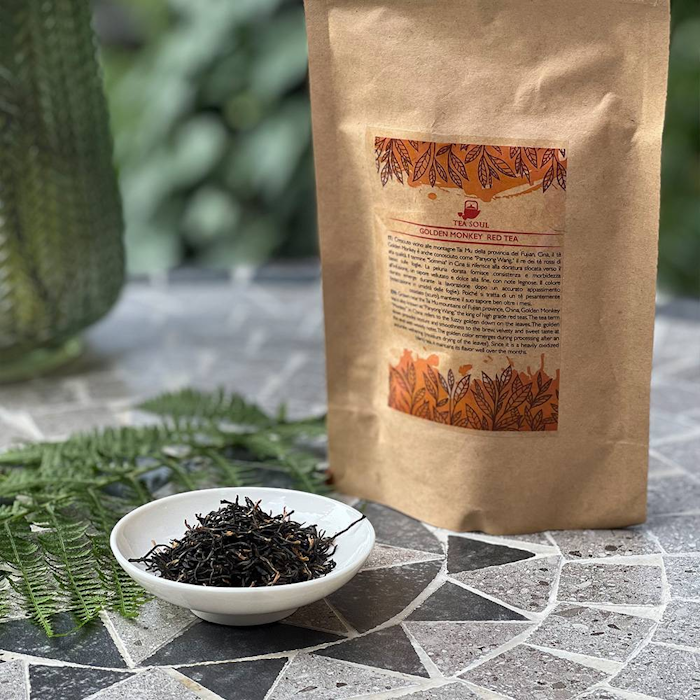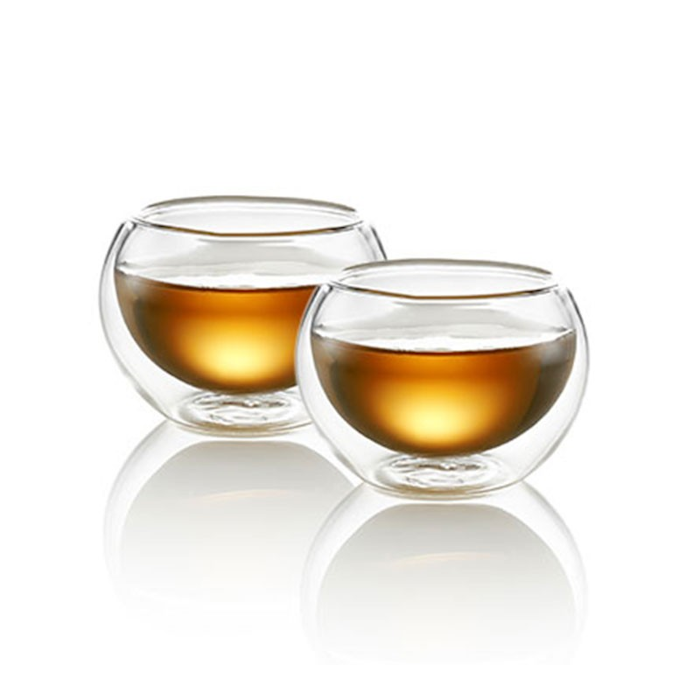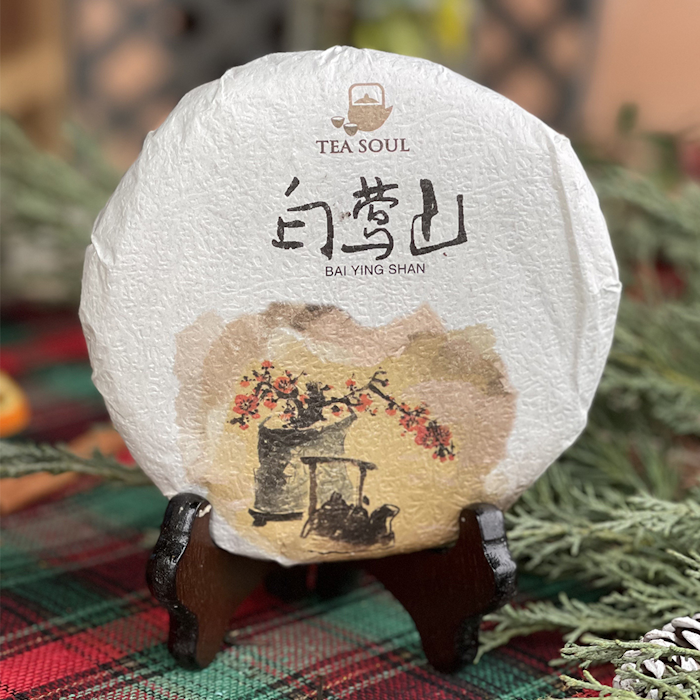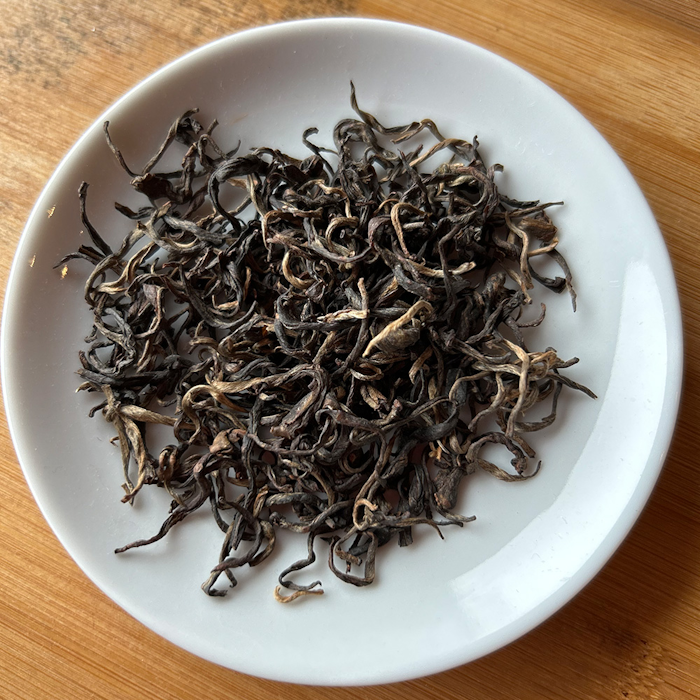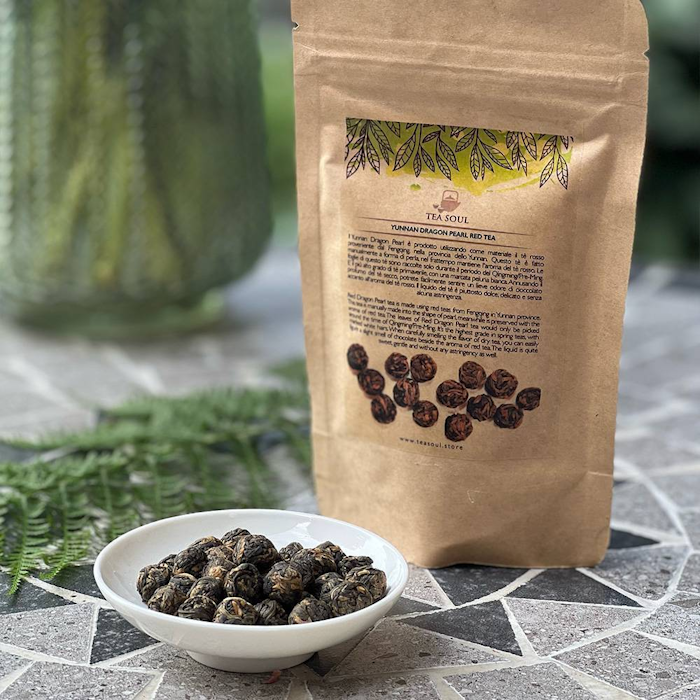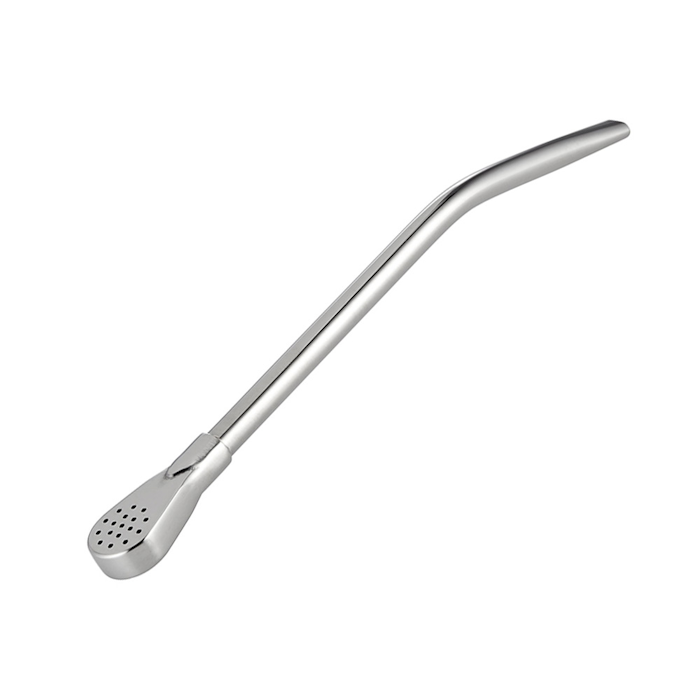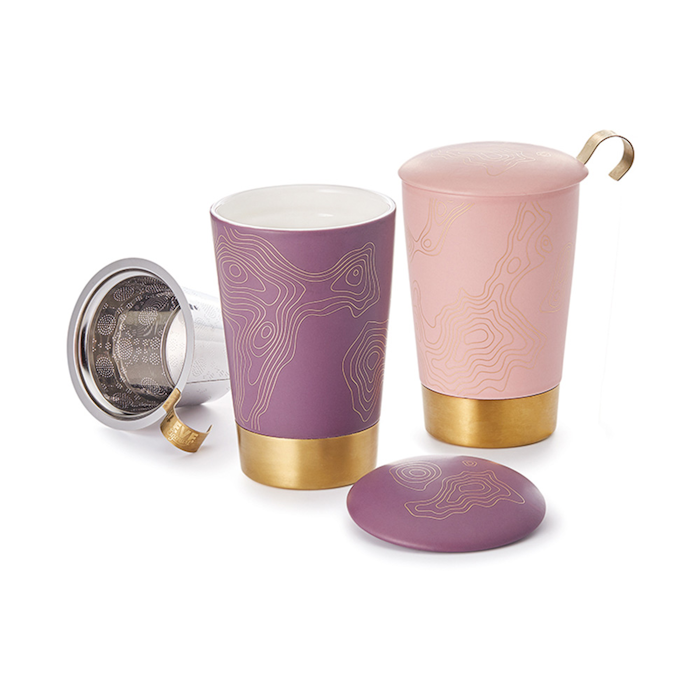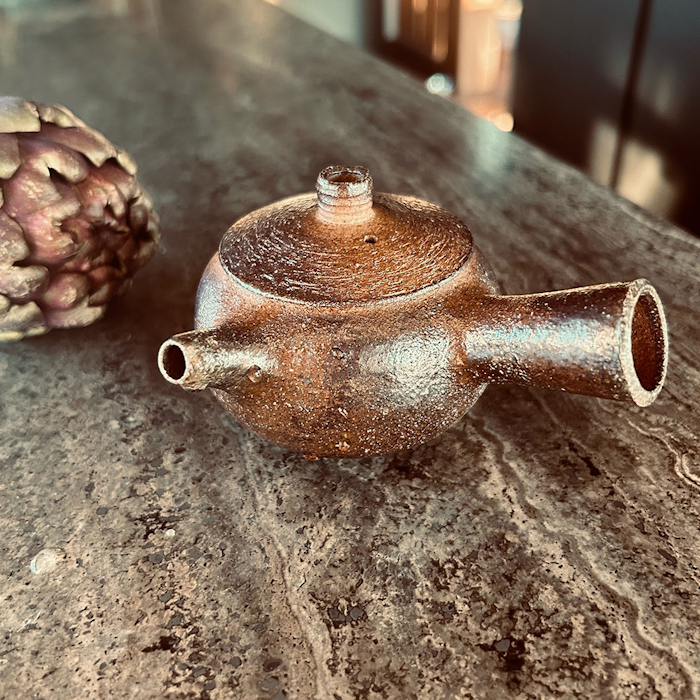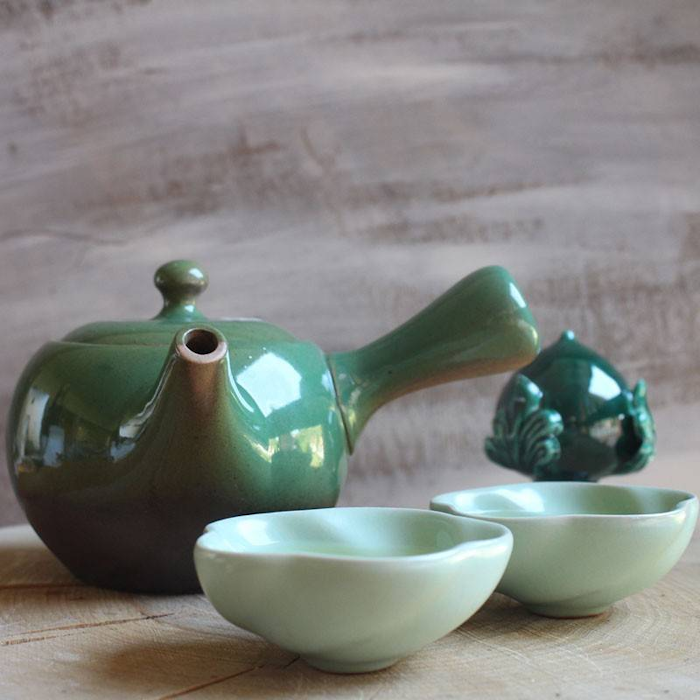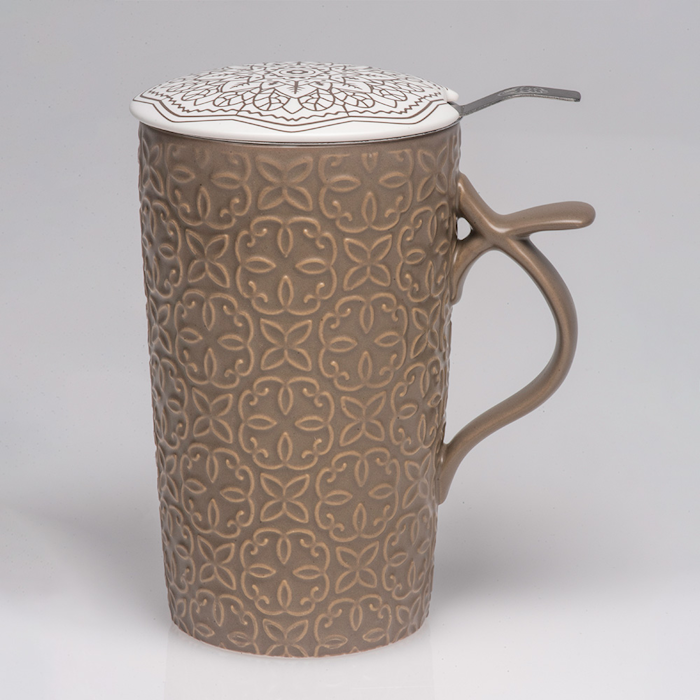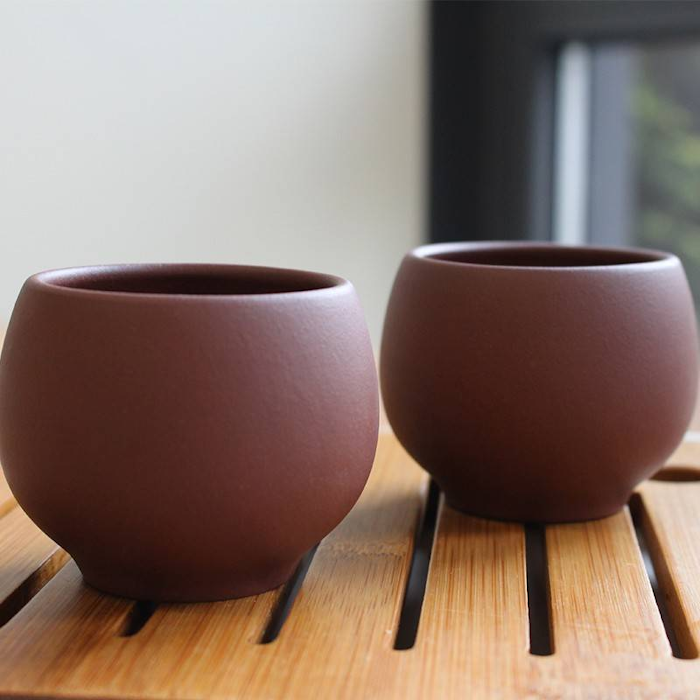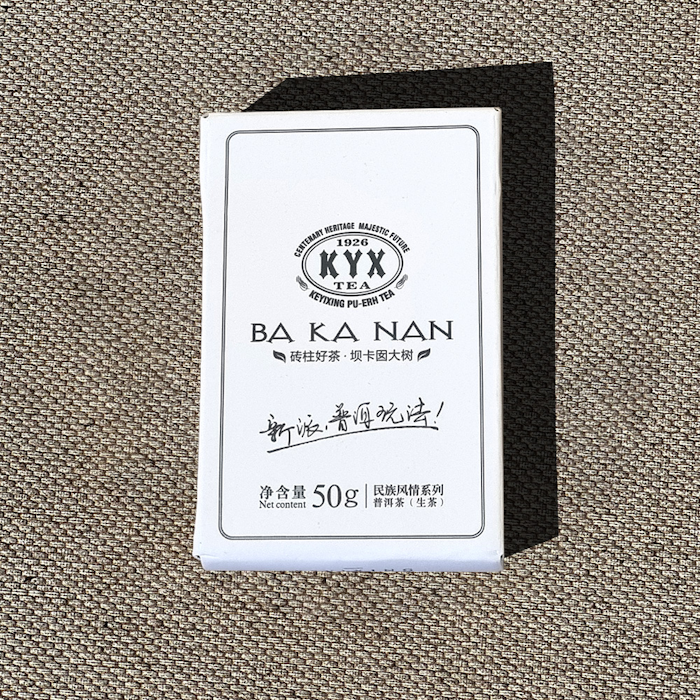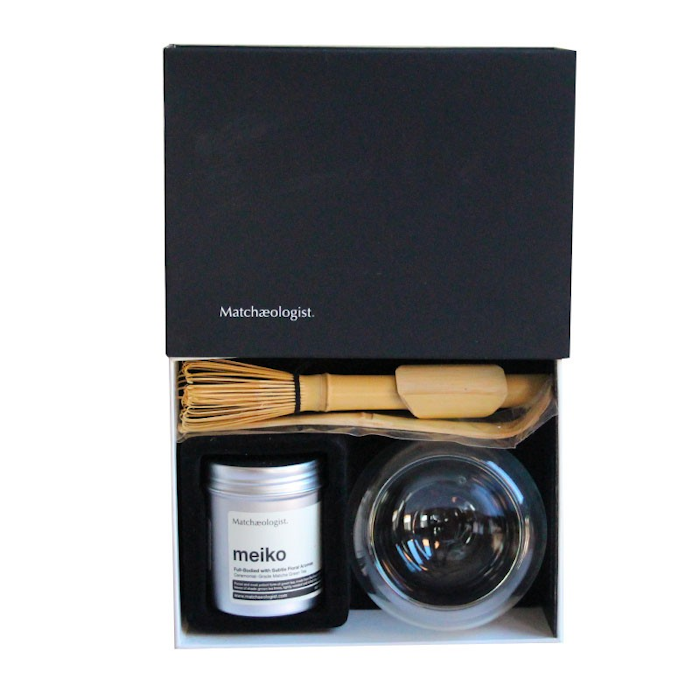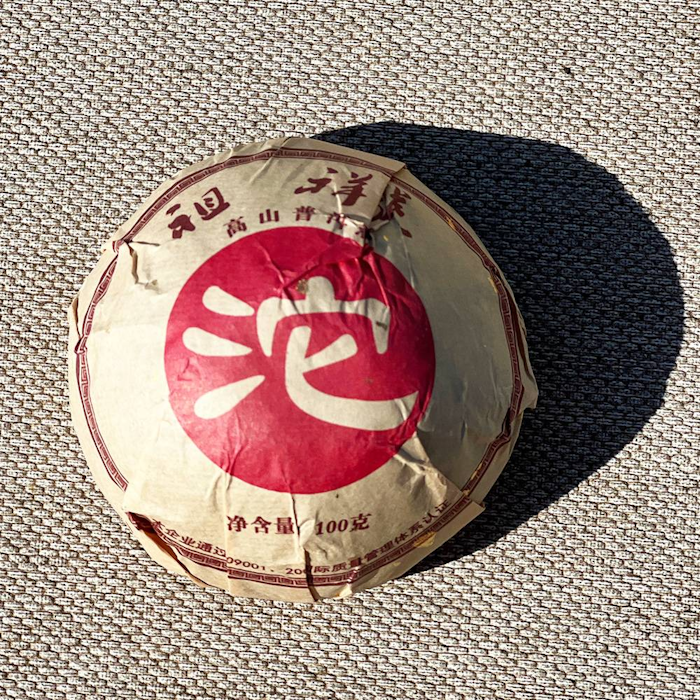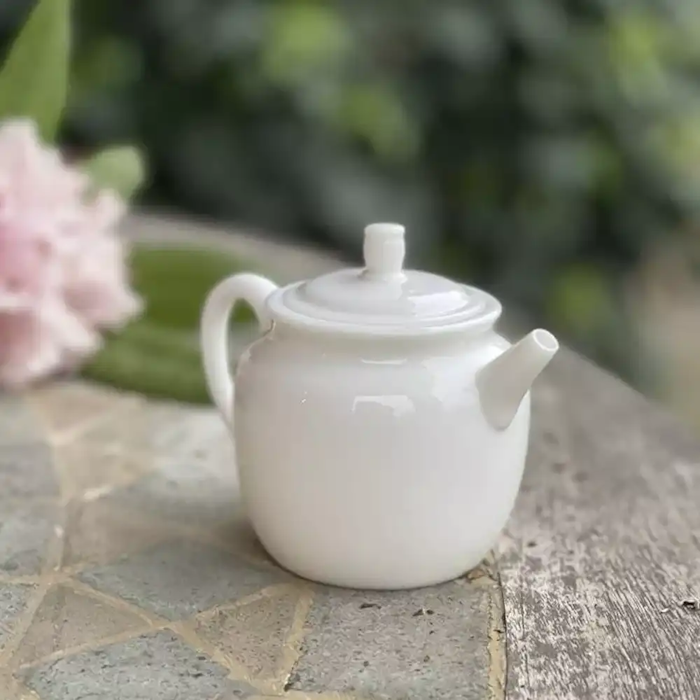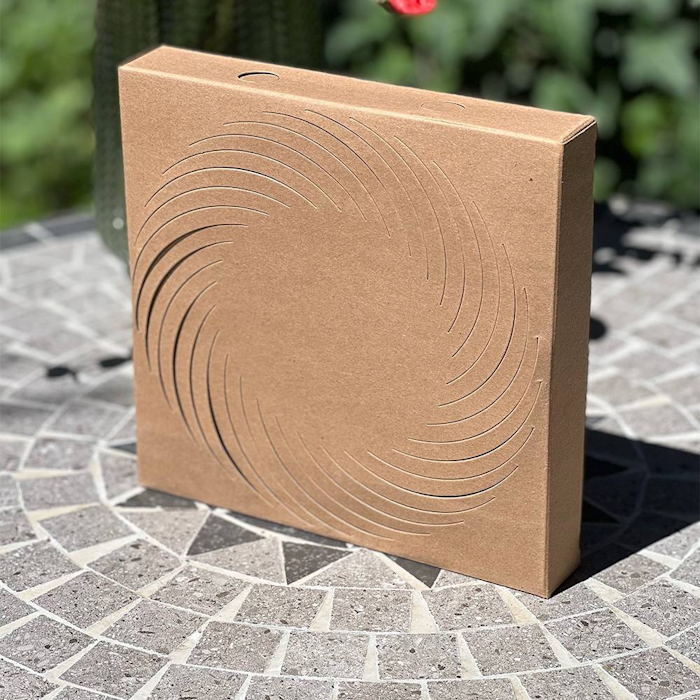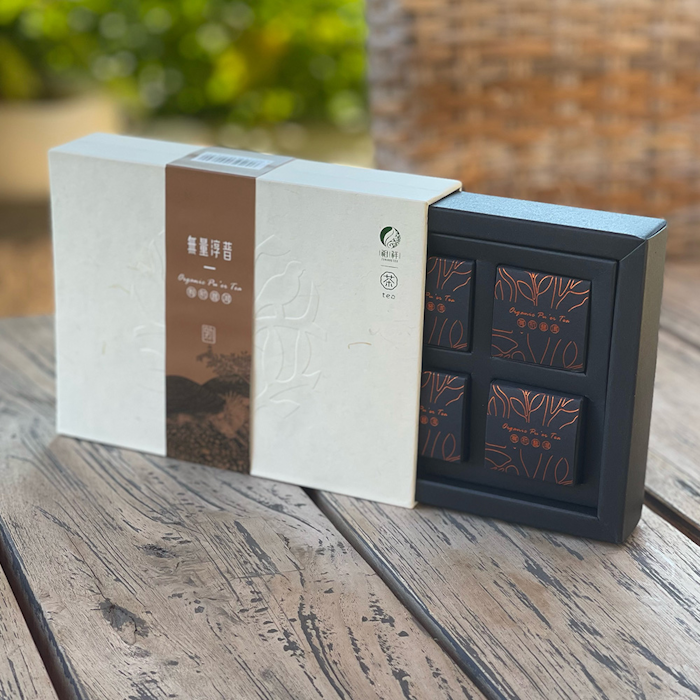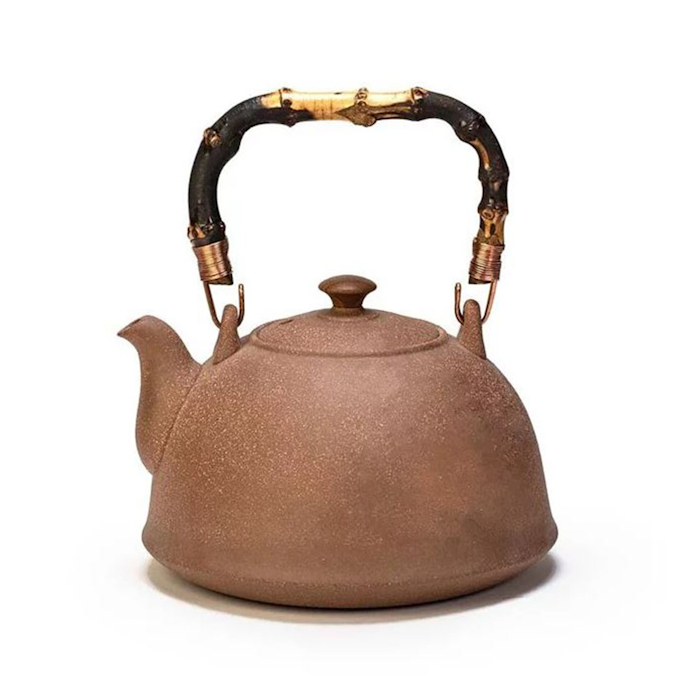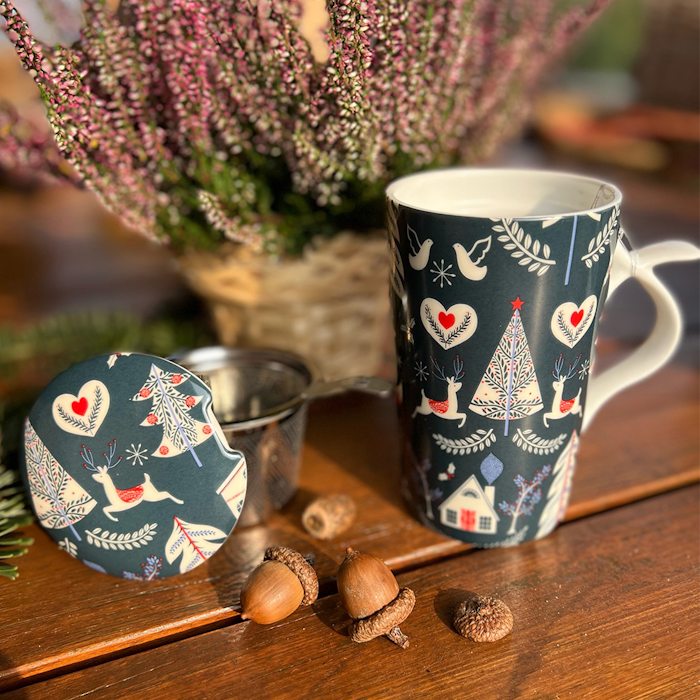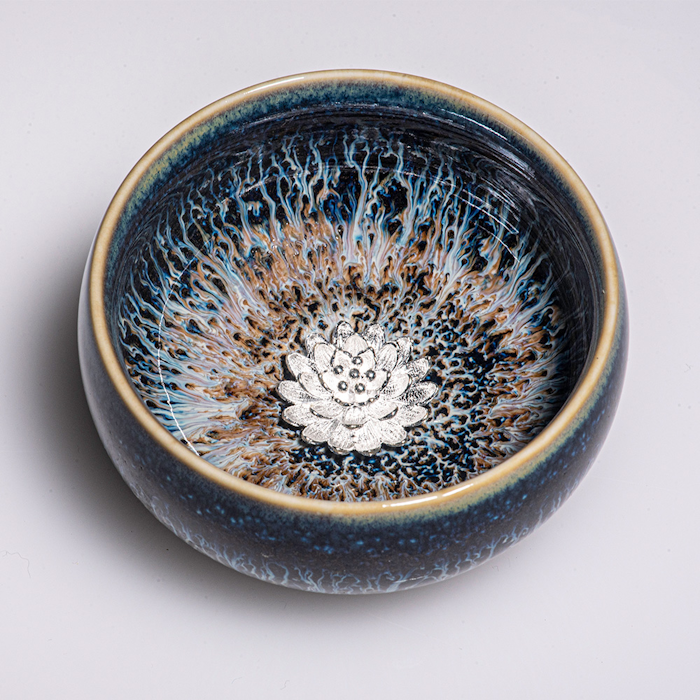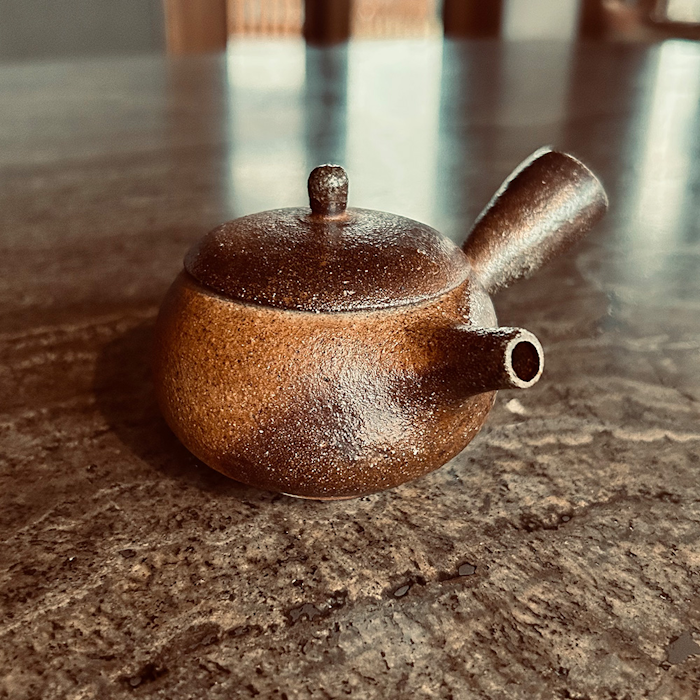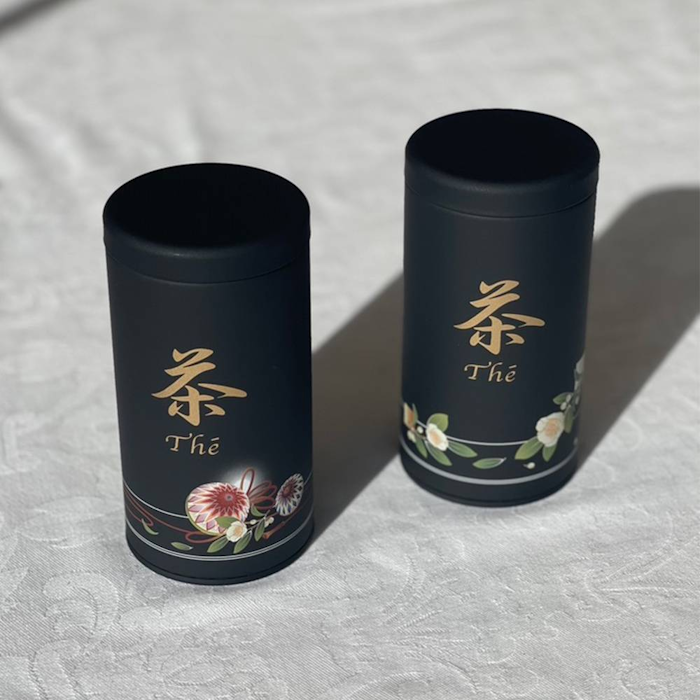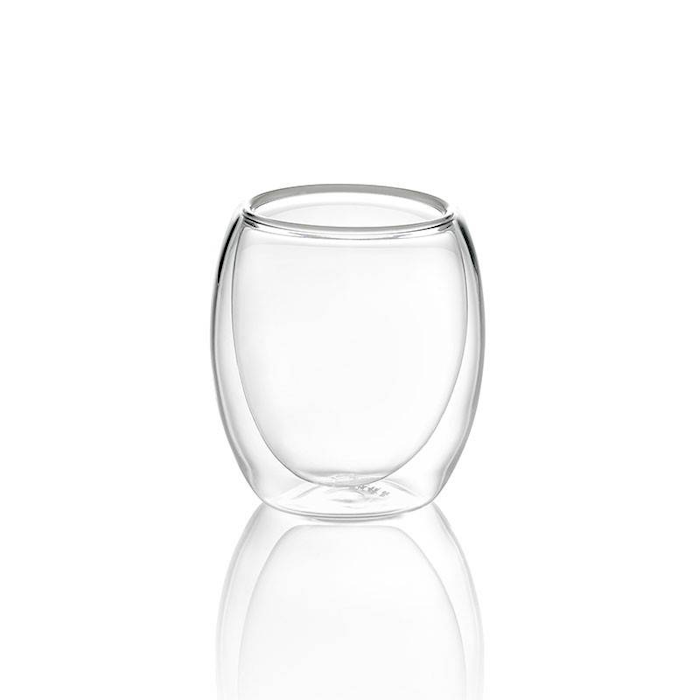The puer sheng we are going to discuss today comes from the Menghai region located in southern China. To go and better frame the puer tea category we need to go and better explain the area where these teas grow since in most cases it is the area itself that gives each tea its distinctive name. In our case we are in the southern part of the Yunnan region (famous precisely for puer production) in an autonomous prefecture called Xishuangbanna. This tea given its pronounced aging acquired in its area of origin gives us a good understanding of what it means to drink a puer from the Menghai since generally from teas from the same areas one can find quite similar characters.
Here in fact a mineral component emerges well along with some very characteristic undergrowth vegetable flavors aided by the high humidity present in the areas where this tea is produced. This tea is therefore a good recommendation for beginning to approach the world of puer given also its characteristic of revealing in the aftertaste a slight sweetness that is often a common feature of a great many teas produced in these areas.
Location of origin
Menghai - Yunnan, China
Production
After harvesting, the leaves are left to wither in the sun for a certain amount of time depending on the producer before going through the "killing the green" stage, which is purportedly similar to that used to produce green teas. The particularity in this case lies in not heating the leaves as much as is done for a green tea so that certain enzymes are preserved that modify the flavors over time. Once the leaves are cooked they are allowed to rest overnight before concluding the drying process in the sun. Once here the maocha is obtained which will then be pressed in order to facilitate better transport and aging conditions. To press the leaves they are invested by a strong jet of steam that is able to soften them externally without varying their internal moisture and, once this state is reached, it is enough to put them in a sack and close it very tightly around them to give them the desired shape. To ensure that this structure remains fixed over time, the sack is left for hours under a stone or mechanical press while the leaves lose that vapor with which they had been in contact in the previous stage.
Preparation
We strongly recommend infusing puer sheng tea in the traditional Chinese method (Gong Fu Cha) with a gaiwan with a capacity of about 150 ml. By following this preparation, multiple infusions can be made with 5 grams of leaves that are useful for best capturing all the flavor nuances of the tea.
Heat the water to a temperature of 90°C: proceed to briefly rinse the leaves and then to an initial 15-second infusion. Keeping the water at the same temperature, you can then continue to exploit the same leaves by adding more water and increasing the infusion time by 5 seconds each time (15 - 20 - 25...).
This tea has a longevity of about 8 infusions.
For a more classic preparation in the Western style, we recommend 2.5 grams of leaves in a 200 ml cup with water at 90°C for an infusion time of 2 1/2 minutes.
For a better tasting experience, we suggest that you strain the tea as soon as the infusion time is over. Our suggested infusion timings can be slightly modified to your liking to achieve a more or less intense taste.
We recommend storing in a cool, dry place away from direct sunlight.









